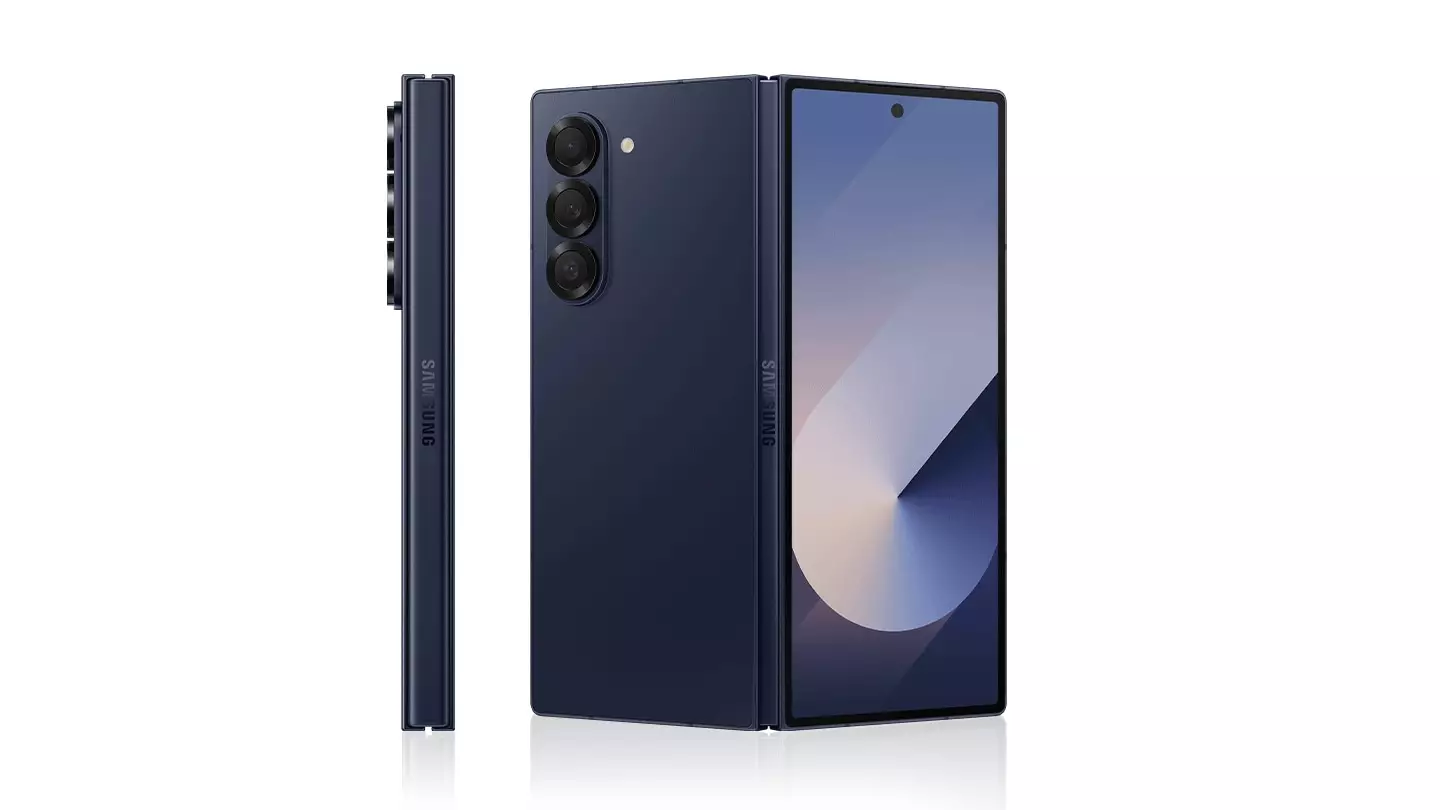Samsung’s upcoming Galaxy Z Fold 7 launch is already making waves—not just for the new hardware inside, but for the significant design change it represents. The company’s decision to abandon the much-maligned “Saturn Ring” camera design, which featured thick metal rings around the lenses, marks a rare but welcome admission of error. This rapid shift, triggered by widespread user and critic backlash against the aesthetic of last year’s Galaxy Z Fold 6 and the S25 series, highlights both Samsung’s vulnerability and its responsiveness in a hyper-competitive market.
The “Saturn Ring” design wasn’t just a trivial styling choice; it became emblematic of how Samsung can sometimes prioritize gimmicks or trends over genuine user appeal. The thick metallic rings, meant to echo premium craftsmanship, ended up looking cheap or overly flashy to many. Rather than reinforcing the Galaxy series’ reputation for cutting-edge sophistication, they undercut it, alienating enthusiasts who value both function and form. Now, with the Galaxy Z Fold 7 leaks showing the triple rear cameras stripped of these rings, Samsung is clearly trying to reclaim sleekness and subtlety, which arguably should have never been compromised.
A Slimmer, Smarter Foldable: The True Innovation
Beyond aesthetics, the Galaxy Z Fold 7 promises significant technical improvements worthy of attention. Powered by the Snapdragon 8 Elite for Galaxy chipset, it signals Samsung’s continued commitment to delivering industry-leading performance in the foldable segment. The rumored slim and lightweight dimensions—just 4.2mm thick when unfolded and a featherweight 215g—suggest Samsung isn’t just chasing specs but striving for genuine usability and comfort.
This design ethos reflects a maturing foldable market where consumers no longer tolerate clunky, uninspired devices. The balance between internal and external display sizes—6.5 inches on the outside, 8 inches inside—demonstrates Samsung’s understanding that foldables must excel as both phone and tablet. The Galaxy Z Fold 7 aims directly at users frustrated by compromises inherent in early folding tech, and this subtle but meaningful evolution could be a game changer.
Listening to Feedback Without Sacrificing Vision
Samsung’s near-instantaneous move to scrap the “Saturn Ring” design after negative reception suggests a healthier relationship between the brand and its community than often credited. In an era where tech giants are sometimes criticized for ignoring users, Samsung’s pivot underscores a willingness to course-correct publicly and swiftly. However, this responsiveness also exposes a brand susceptible to misjudgments—a reminder that close collaboration with end-users is essential before product launches, not just after.
While dropping the thick metal rings improves visual coherence, it reflects a reactive mentality that could hold Samsung back if repeated. Innovation thrives on boldness informed by insight, not defensive retreat. Samsung’s challenge for future devices will be to more consistently marry visionary design with consumer expectations, rather than backtracking mid-game. If the trend to remove the “Saturn Ring” spreads to next year’s Galaxy S26 series, it could signal a broader cultural shift inside Samsung—one favoring subtle confidence over loud declarations.
The Foldables Battle Intensifies With Strategic Shifts
Samsung’s upcoming Unpacked event on July 9 will not just be a showcase for new devices but a referendum on its strategic direction. The foldable market is no longer a niche experiment but a battlefield where every design and performance decision weighs heavily on brand loyalty. Samsung’s quick correction on the Z Fold 7 design sends a firm message to competitors and consumers alike: it’s willing to listen but also that it recognizes the stakes are too high for missteps.
Yet, this event also puts Samsung under immense pressure. The company must prove that the Z Fold 7’s refinements—both in form and function—are not merely cosmetic but truly enhance user experience. For Samsung, the goal should be to reclaim the narrative around foldables as devices of elegance and utility, not compromise and controversy. If they can achieve this, the Galaxy Z Fold 7 won’t just be “another phone,” but a symbol of Samsung’s capability to innovate with humility and precision.



Leave a Reply